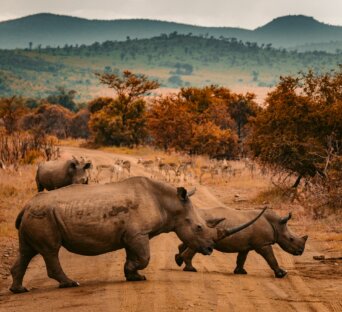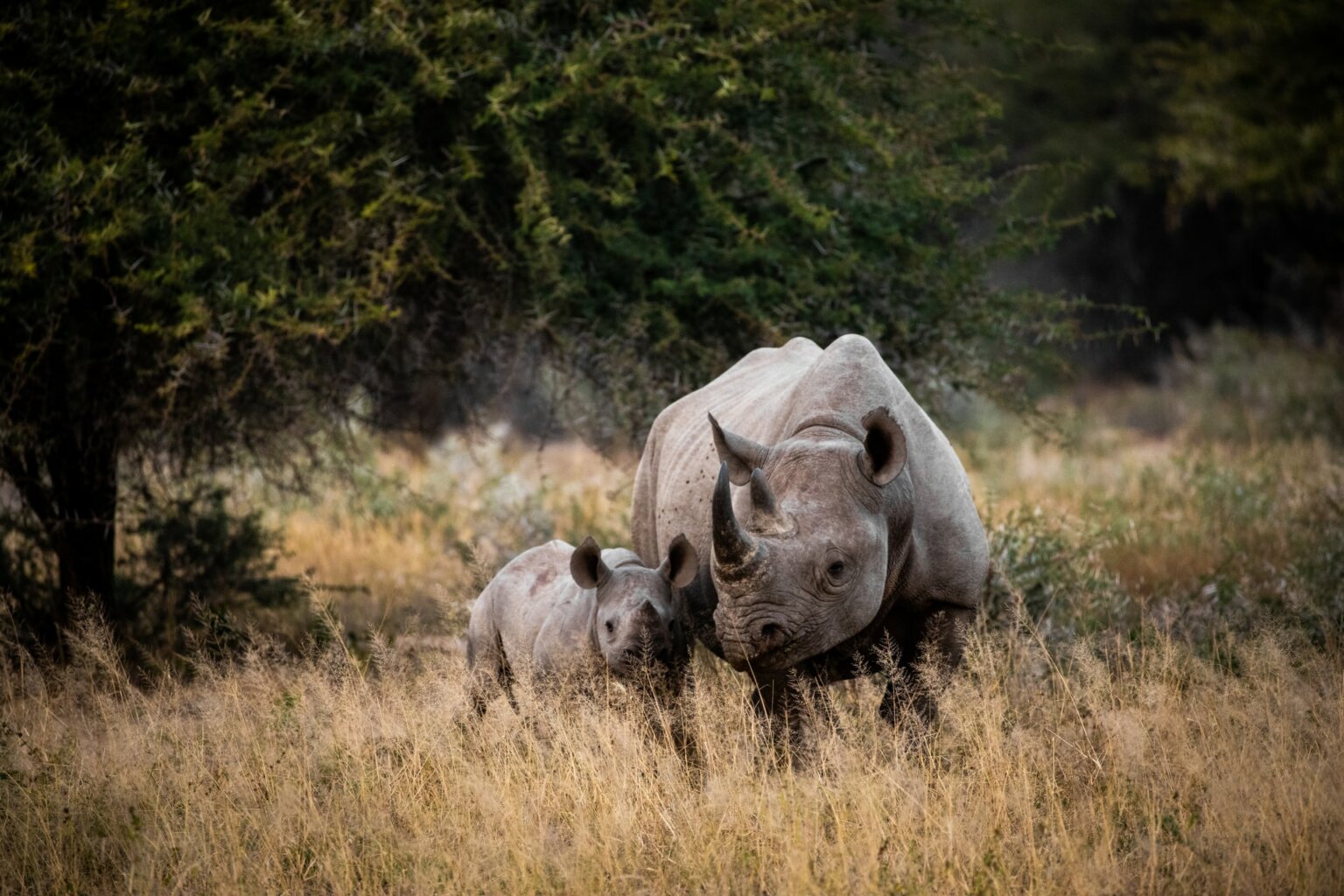- About
- Topics
- Picks
- Audio
- Story
- In-Depth
- Opinion
- News
- Donate
- Signup for our newsletterOur Editors' Best Picks.Send
Read, Debate: Engage.
Each year, more than 1.6 trillion wild animals are victims of suffering perpetrated by human actions. At the same time, illegal trading in endangered species has seen an unprecedented increase.
As illegal wildlife trade becomes more daring and sophisticated, the impact on biodiversity of the planet and nature continues to be devastating.
Globally there are over 8,000 wild fauna and flora species that are highly endangered with nearly 40,000 others categorised as vulnerable. Overall, more than one million species are in danger of extinction in what could spell doom for Mother Earth, including for humans who rely on wildlife and biodiversity resources for their daily needs ranging from medicine, food, clothing, housing and economic opportunities, among others.
As the world marks the UN World Wildlife Day this week under the theme “Recovering key species for ecosystem restoration,” and celebrates the world's biodiversity, it is an opportune moment for the world to pause and reflect on the plight of wild animals and plants while exploring practical and sustainable solutions that promote conservation and tackle illicit trade.
With wildlife playing such a pivotal role to humanity, everyone should rise to the occasion in protecting wildlife. Ordinary citizens must step up conservation efforts that allow wildlife to thrive while reducing conflicts.
Governments and international communities should ensure that they, as a matter of priority, institute policies and regulatory frameworks that embrace responsible wildlife management while fostering inclusive livelihood opportunities for citizens to benefit from biodiversity.
In the words of UN Secretary General Antonio Gutteres: “Let us remind ourselves of our duty to preserve and sustainably use the vast variety of life on the planet. Let us push for a more caring, thoughtful and sustainable relationship with nature.”
Photo by redcharli

